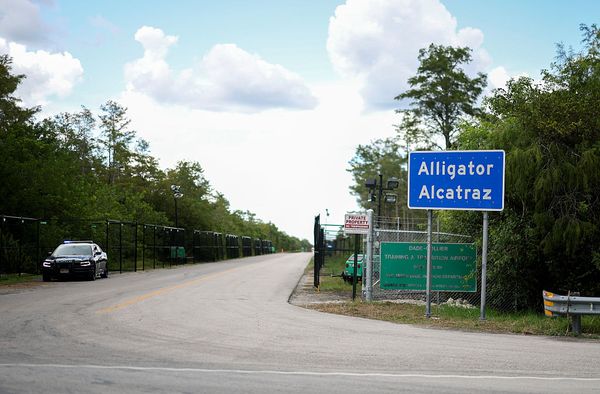THE construction of a new rail freight terminal in Inverness has been awarded up to £3 million in funding from the Scottish Government.
Construction of the terminal at West Fraser Limited’s Dalcross site has already commenced, with the hopes of the £11.2m rail freight terminal opening by next year.
Once operational, the terminal will help move more goods to the UK market by rail and is expected to help remove more than 8.5m lorry miles from the roads over the next 10 years.
The funding from the Scottish Government was awarded through the Freight Facilities Grant to West Fraser Limited and is expected to remove around 20,000 HGV journeys off the A96 and A9 and eliminate approximately 9000 tonnes of CO2 emissions per year.
Cabinet Secretary for Transport, Fiona Hyslop, welcomed the news and said that shifting freight transport from roads to rail helps reduce traffic congestion, improve air quality, and lower emissions.

“Rail freight services are vital to sustainable economic growth across Scotland,” she said.
“This project can make a clear, measurable, and early contribution to the reduction of emissions from HGVs, as well as contributing to our targets to increase the volume of freight being moved by rail.”
Hyslop added that the project could equate to removing the equivalent of up to 100 HGVs permanently from Scotland’s roads per week.
She said: “I welcome West Fraser’s significant investment in this new terminal and look forward to seeing how this collaborative approach can continue to have a meaningful impact on industry and the environment.”
George Webb, European purchasing director for West Fraser Limited, also welcomed the funding and confirmed the facility is expected to begin operations in mid-2026.
He said: “West Fraser is delighted to work collaboratively with the Scottish Government to help facilitate the construction of a rail freight terminal at West Fraser’s state-of-the-art Inverness OSB mill.

“This facility will help accelerate the switch from road transport to rail, improving efficiency, removing some 20,000 HGV journeys off the A96 and A9 and eliminating approximately 9000 tonnes of CO2 emissions per year, in the first phase.
“Construction has now commenced, and the facility is expected to begin operations in mid-2026.”







